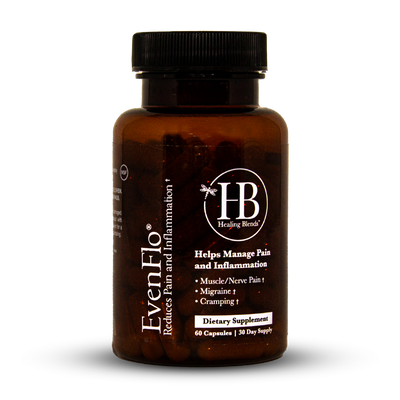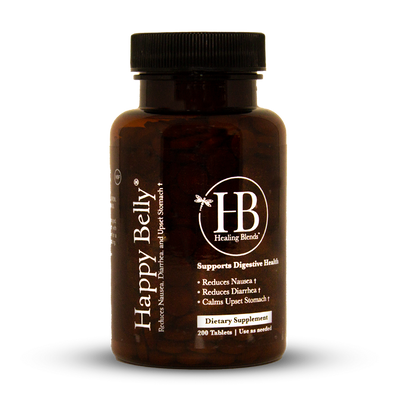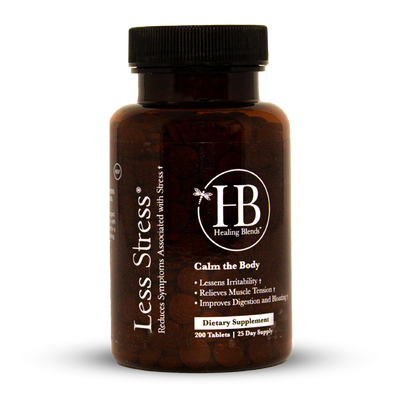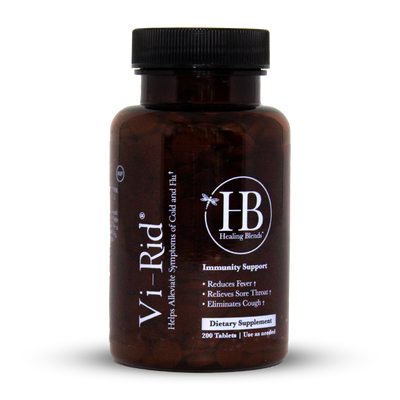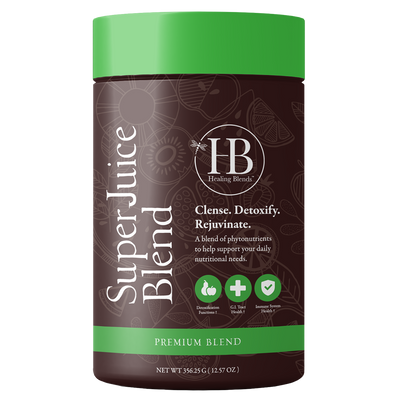Proteins in the Diet of Sickle Cell Disease Patients: What Kind, How Much & the Benefits

Sickle Cell Disease (SCD) Patients often suffer chronic fatigue and anemia due to the general malaise of sickle cell disease. In our previous article about diet and nutrition for SCD patients, we highlighted how they are susceptible to macronutrient deficiencies as compared to the general population. Protein is one such important macronutrient in an SCD-friendly diet that needs to be reviewed in the context of sickle cell disease.
For many years, the scientific literature has clearly identified that sickle cell disease patients have higher protein requirements. However, SCD population has unique nutritional needs to manage nutritional risks and mitigate future complications of the disease. There are approximately one hundred thousand different proteins in the human body that are necessary for important biological functions. 18-20% of the human body weight is composed of protein.
A nutritional intervention demarcates and follows the correct ratio of the body’s needs (what the metabolism demands) and the quantity of macro or micronutrients that can support these needs with the ‘ideal’ intake. In our case, we know SCD patients require more protein, thus we need to review the literature and implications of a high protein diet in the context of sickle cell disease.
High Protein Diets & Sickle Cell Disease
Before we proceed, let us establish what is considered to be a high protein diet. It refers to a diet where 35% of your daily energy intake is provided by dietary protein – i.e. protein-rich foods.
Protein has a 48-hour lifespan because it cannot be stored in the body like fats. It is constantly broken down and replaced in the human body and needs to be replenished in your diet. It is involved in cell division and plays an important role in growth and healing.
Badaloo et al (1989) were the first to report the need for increased protein and energy requirements for SCD patients. Since then, various studies have confirmed that compared to the general population, children and adults with SCD have:
- Higher protein turnover – continuous synthesis of proteins for maintenance and optimal functioning
- Higher protein catabolism – the breaking down of proteins into absorbable amino acids so they may be transported into the cells.
According to Hyacinth H, et al (2013), sickle cell disease is theorized to result in ‘protein energy malnutrition’. The protein and energy deficiency can result in delayed growth and development among SCD patients, especially children. In another study, researchers concluded that protein supplementation resulted in better growth and clinical improvement among patients.
Let’s Look at How Proteins Impact Body Composition
Early Research on Protein Diets & Sickle Cell Disease:

The early research until the 80s used small sample sizes that made it hard to come to any concrete conclusions. Nevertheless, all data implicated malnutrition as a major component of sickle cell disease and suggested that protein intake could improve the condition of SCD patients.
However, these studies were not looking at the effect of a high protein diet on the tissues and/or cells involved.
In the past decade, additional research demonstrated that protein can promote weight gain and decrease the expression of inflammatory markers in transgenic sickle cells. These studies found supporting evidence to suggest that a high protein diet can act as a surplus and may compensate for the extra nutritional demands of patients with sickle cell disease and hemolysis.
Benefits of High Protein Diet for Sickle Cell Disease: What Does Contemporary Research Say?

In 2014, a comprehensive clinical study was conducted to bridge the gap in the existing research by examining the impact of a high protein diet from a histological perspective – by studying the microscopic structure of tissues.
It compared the health implications of a high protein diet (35%) with a regular protein diet (20%) among sickle cell disease and normal test subjects. The study found that groups that consumed high-protein diets had significantly more body weight than the regular protein group after three months.
Poor blood circulation or blood supply is another common occurrence in SCD patients. This is caused by the obstruction of blood vessels by sickled cells or the narrowing of blood vessels due to low nitric oxide in the blood. This can lead to an infarction – a small, localized area of dead tissues within an organ due to poor blood supply. This study also shows that a high-protein diet led to significantly fewer infarcts in the liver, kidney, and spleen.
Additionally, the researchers also noted a marked reduction in chronic tissue injury in the spleen and liver among subjects on a high-protein diet (35%) as compared to those who consumed a normal protein diet (20%).
Vascular leakage is a result of the leakage of fluids from a blood vessel into the surrounding tissues. This affects the passage of fluid through the blood vessels to an organ or tissue and leads to organ damage of varying degrees. The study indicates that a high protein diet can reduce vascular leakage in the heart, lungs, and brain. In turn, it can significantly reduce organ damage and improve the survival rate (reduced mortality) among SCD patients.
And to end with, the study states that a high-protein diet can lead to an improvement in RBC count and slightly higher hemoglobin levels compared to a regular protein diet.
Take-away: High protein diets may lead to lesser instances of tissue injury, fewer infarcts in the liver, kidney, and spleen, and significantly reduce organ damage.
Should Sickle Cell Patients Opt for Plant Based Proteins or Animal Based Proteins?
Not all proteins are created equal, especially when it comes to inflammation and SCD. You can either add protein to your diet via animal proteins or plant-based proteins. In the case of Sickle cell disease, plant-based proteins should be preferred and animal products should be avoided.
Plants are rich in polyphenols and a wide variety of inflammation-reducing constituents that lower oxidative stress and inflammation. A 2019 study did a comprehensive assessment of dietary protein and the biomarkers of inflammation and oxidative stress and concluded that high plant-based protein intake is linked to lower risk of inflammation.

Common sources of plant based protein include beans (especially chickpeas & garbanzo beans), lentils, nuts, quinoa, oats, green peas and seeds like hempseed, flaxseed, chia seeds and pumpkin seeds. You can also include protein-rich foods and vegetables like Brussels sprouts, broccoli, asparagus, artichokes, guava, blackberries, bananas and nectarines.
Conversely, another study indicates that the intake of animal based protein, especially red meat, is linked to higher levels of inflammatory markers like c-reactive protein (CRP). The same study also notes that whole-grains lower the levels of inflammatory markers like CRP, GGT and ALT.
Processed meats should be avoided in total as they have high amounts of AGEs – advanced glycation end products. These AGE’s are known to cause inflammation and are also linked with an increased risk of heart disease, diabetes and cancer. Processed meat includes ham, smoked meat, jerky, bacon and sausage.
Eggs also influence the inflammatory response in the body but they can be a roll of the dice because different people respond in different ways. In some people, it may cause a pro-inflammatory response. Therefore, it is advised to either avoid them or include them in your diet with caution in consultation with a certified nutritionist.
Takeaway: Plant based proteins are less likely to cause inflammation in the body of patients with Sickle Cell Disease.
Protein, L-arginine, and Omega 3 Fatty Acids:
L-arginine is an amino acid that plays an important role in building protein in the human body. As we know, protein is the building block of muscles and it is used to repair damaged organs or tissues. Additionally, L-arginine releases nitric oxide in the blood, which widens/relaxes the blood vessels to facilitate better microcirculation. This leads to enhanced muscle function and improved blood flow to the organs.
We have already covered the important aspects and implications of Essential Fatty Acids and Omega-3 supplementation with relation to sickle cell disease in our previous article. You can check out the full article here.
Most recent studies have shown that a combination of a high protein diet, L-arginine supplements, and omega-3 fatty acids can substantially reduce oxidative stress, red cell density, and frequency of ‘crisis’ in SCD patients. Research also indicates a significant reduction in inflammation and improved functioning of small blood vessels (microvascular function).
What Nutrients Do Sickle Cell Patients Need for Better Health?

Sickle cell disease patients need certain macronutrients beyond the recommended daily allowance (RDA) that is considered sufficient for the general population. SCD related malnutrition has serious consequences that can lead to organ system damage and impact morbidity and mortality among those affected.
In many cases, the increased macronutrient needs are simply too high to be provided by the diet.
A high protein diet can be a viable nutritional intervention to reduce inflammation, ameliorate organ damage, and alleviate clinical complications and growth abnormalities. Nutritional interventions should be included as an adjunct treatment alongside standard treatment procedures. Furthermore, dietary supplements should be included to prevent or mitigate micronutrient deficiency or when sufficient quantities (RDA) cannot be obtained from the diet.














